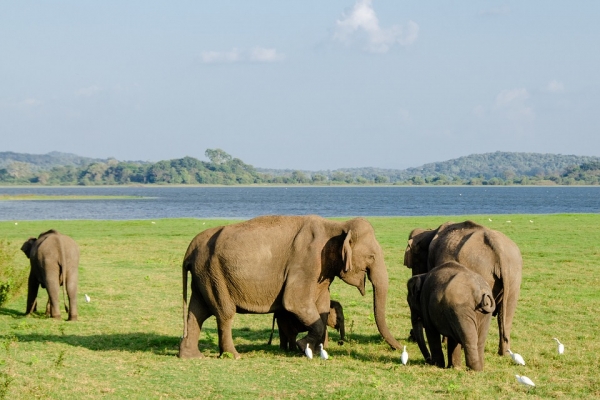More than 3 million square kilometers of the Asian elephant’s historic habitat range has been lost in just three centuries, a new report from an international scientific team led by a University of California San Diego researcher reveals. This dramatic decline may underlie present-day conflicts between elephants and people, the authors argue.
Developing new insights from a unique data set that models land-use change over 13 centuries, a research team led by new UC San Diego faculty member Shermin de Silva found that habitats suitable for Asian elephants have been cut by nearly two-thirds within the past 300 years.
The largest living land animal in Asia, endangered Asian elephants inhabited grasslands and rainforest ecosystems that once spanned the breadth of the continent. Analyzing land-use data from the years 850 to 2015, the researchers describe in the journal Scientific Reports a troubling situation in which they estimate that more than 64% of historic suitable elephant habitat across Asia has been lost. While elephant habitats remained relatively stable prior to the 1700s, colonial-era land-use practices in Asia, including timber extraction, farming and agriculture, cut the average habitat patch size more than 80%, from 99,000 to 16,000 square kilometers.
Read more at University of California - San Diego
Photo Credit: pen_ash via Pixabay


